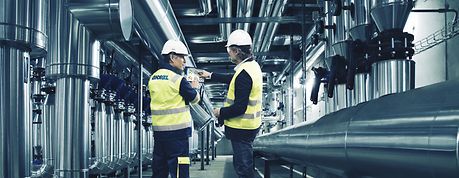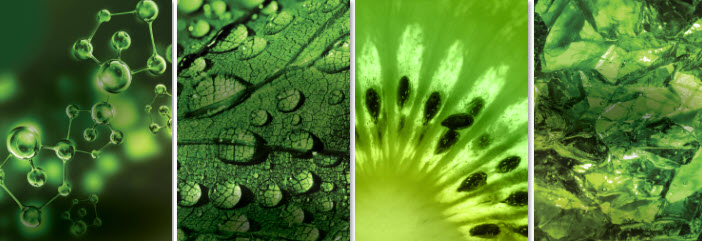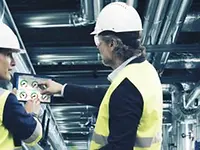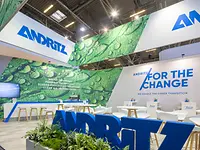Our solution:
Special decanter centrifuge and automation package
ANDRITZ‘s expertise in ZLD processes goes back to the first systems introduced in 1990 and therefore the ANDRITZ experts know that the best choice here is a decanter centrifuge made from a high-grade alloy capable of withstanding temperatures of up to 135 °C.
The special A4 design is able to cope with the scorching temperatures while ensuring the solids emerge as dry as possible, with salt moisture not exceeding 10%. In addition, the design includes lubrication and seals to minimize maintenance interaction and ensure the maximum possible availability of our product.
The Metris addIQ package for smart automation optimizes performance to minimize maintenance and downtime. In addition, the Chinese version of the Human-Machine Interface (HMI) makes the system very operator-friendly. Despite the short, nine-month delivery period, ANDRITZ adapted the order to include a scraper system when the customer mentioned the potential problem of salt being difficult to discharge from the bowl outlet.








